Leading standby vessel operator Atlantic Offshore Rescue has unveiled the third new vessel in the past 12 months as part of its fleet modernisation program, representing an investment totaling £300 million.
Ocean Falcon, a brand new Class A Multi Role and Emergency Response and Rescue (MRV/ERRV) vessel was christened at a ceremony at Aberdeen harbor , before commencing a contract with a major UK operator. Atlantic Offshore Rescue will provide emergency recovery, rescue cover, tanker assistance and general field support for offshore operations at the Curlew Field, in the North Sea.
The ship can accommodate 21 employees, and has the amenities to rescue up to 300 people. As well as incorporating the very latest technology systems including a towing capacity of up to 65 tons, it measures 66.80 meters in length and 16 meters beam and features two MAN main engines with a power of 1935 kW each.
Ocean Falcon, the latest vessel to be launched, as part of Atlantic Offshore Rescue’s 300 million fleet modernization program. 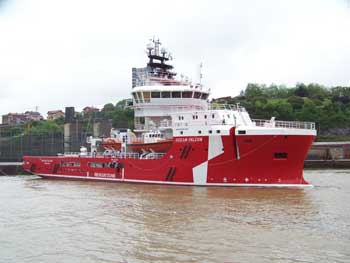
Ocean Falcon is a new H820 design from Havyard Ship Design. It was built and developed in Passai, Spain by Zamakona shipbuilders, in close collaboration with Atlantic Offshore Rescue over an 18 month period. Its sister ships, Ocean Tay and Ocean Osprey were launched in February and May 2014, respectively.
Matthew Gordon, managing director of Atlantic Offshore Rescue, said: “We are immensely proud to unveil Ocean Falcon, the third vessel to be launched as part of our extensive modernization strategy. The vessel incorporates cutting edge technology, and it is due to this and the expertise and professionalism of our team that we have secured a lucrative contract with an oil and gas operator.
“We are trailblazing the way for emergency support vessels in the North Sea and this program is part of our vision for strategic growth and commitment to offer the very best FSV and ERRVs to existing and potential clients, a vital assurance for offshore operations within the energy sector.”
The new vessel has secured 30 jobs and is one of 11 ERRVs managed by the company from its new 12,000 sq ft Aberdeen base at Waterloo Quay. The move, which took place earlier this year, totals an investment of £3.5 million over a ten year lease period.
Mr. Gordon continued: “Moving into our new premises was is a real milestone in our history, and already marks a very successful year for Atlantic Offshore Rescue. Having outgrown our previous office we now have the capacity to accommodate future growth in the coming months and years. Being so close to Aberdeen harbour, we are also in a position to increase operational efficiency and better serve clients.”
Atlantic Offshore Rescue is part of the Atlantic Offshore Group, which is based in Norway. Atlantic Offshore Rescue Ltd employs 350 people (approximately 330 seamen and 20 office-based staff) and provides multi-role offshore and emergency rescue and response vessels for many of the oil majors operating in the North Sea.
Inclusive of Atlantic Offshore Rescue’s 11 vessels, Atlantic Offshore Group currently operates a fleet of 22 ERRVs and Platform Supply Vessels (PSVs) and manages further PSVs on behalf of third parties.
The Group’s aim is to continue to expand its capabilities within both the Norwegian and British sector of the North Sea and to be able to provide cross-border solutions reflecting the needs of its clients.


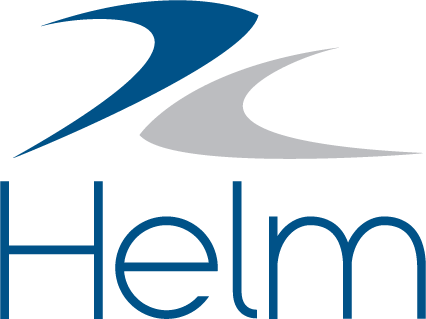 Some 50% of crews working on offshore support vessels are willing to compromise safety rather than say ‘no’ to clients or senior management, while nearly 80% believe commercial pressures could influence the safety of their working practices.
Some 50% of crews working on offshore support vessels are willing to compromise safety rather than say ‘no’ to clients or senior management, while nearly 80% believe commercial pressures could influence the safety of their working practices.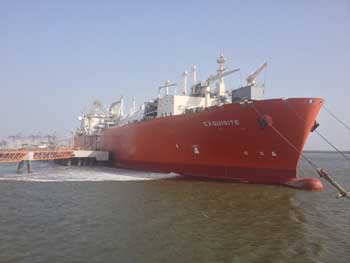 Excelerate FSRU vessel “Exquisite” Courtesy Excelerate Energy
Excelerate FSRU vessel “Exquisite” Courtesy Excelerate Energy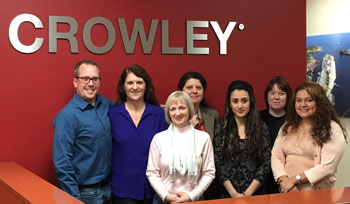
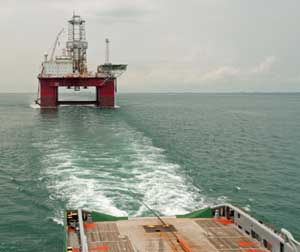
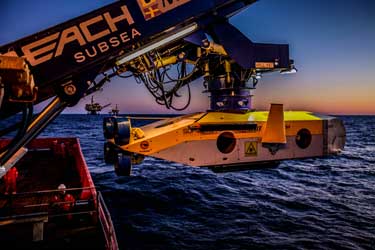 MMT’s record-breaking Surveyor Interceptor ROV is equipped with Sonardyne’s SPRINT INS system to improve the accuracy of high speed pipeline inspections and surveys.
MMT’s record-breaking Surveyor Interceptor ROV is equipped with Sonardyne’s SPRINT INS system to improve the accuracy of high speed pipeline inspections and surveys.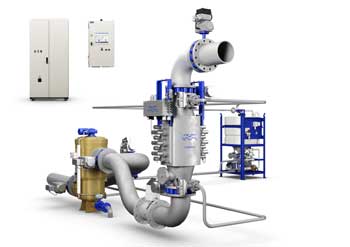 The explosion-proof version of Alfa Laval’s chemical-free ballast water treatment system, PureBallast 3.1 EX, has received approval from the U.S. Coast Guard for use on barges sailing in U.S. coastal waters. The approval comes a year after
The explosion-proof version of Alfa Laval’s chemical-free ballast water treatment system, PureBallast 3.1 EX, has received approval from the U.S. Coast Guard for use on barges sailing in U.S. coastal waters. The approval comes a year after 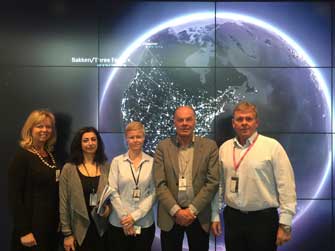 Eco-friendly HullWiper technology to fight fouling and enhance efficiency for oil & gas company fleet
Eco-friendly HullWiper technology to fight fouling and enhance efficiency for oil & gas company fleet 
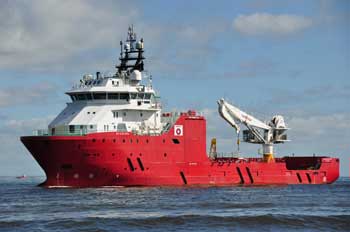 Global operator in the subsea inspection, repair and maintenance sector (IRM),
Global operator in the subsea inspection, repair and maintenance sector (IRM), 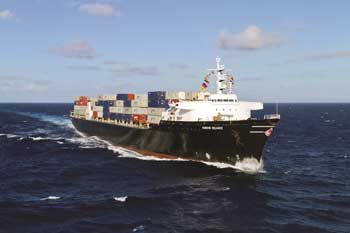
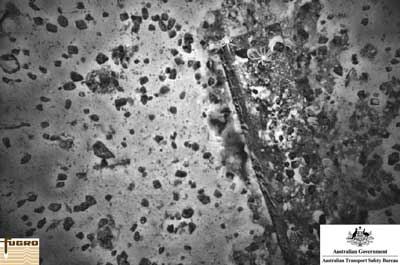 Two of
Two of 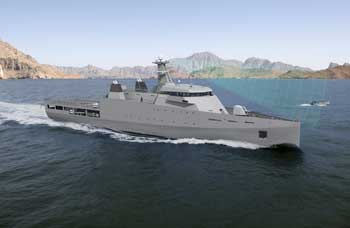 On 20 April,
On 20 April, 
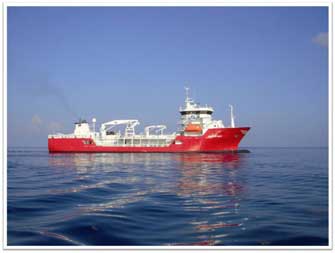

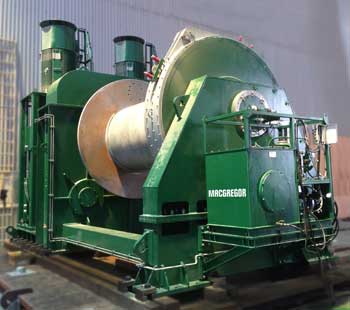 Following an order announced in October 2013,
Following an order announced in October 2013,